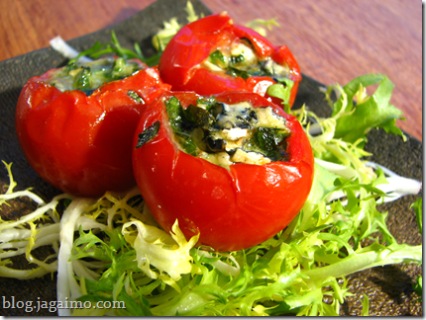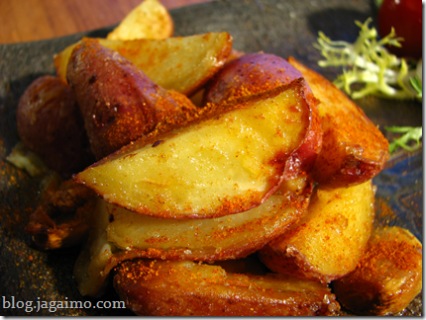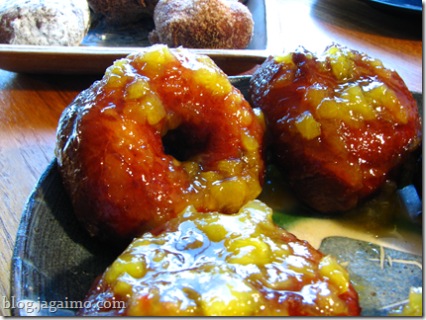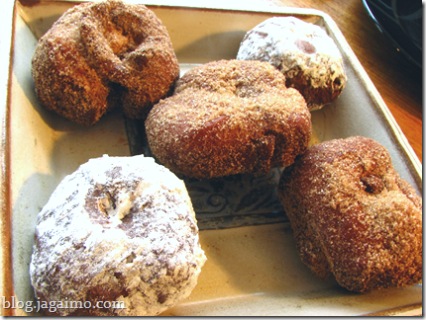Inspired by a post from FXCuisine.com, I thought it would be fun to try making something approximating Napoli-style pizza fritta at home. It turns out to be delightfully simple, though, like most deep-fried foods, the logistics of making it at home are slightly awkward.
I usually reserve deep-frying for parties, since I don't really like committing to filling up my deep fryer unless a lot of people are going to enjoy the results. However, I also tend to stick to familiar, safe things when deep frying for a crowd... With a large group, I just don't want a fiasco.
Trying something completely unfamiliar creates a small dilemma... commit to using lots of oil, or risk a culinary disaster in front of a bunch of hungry friends and acquaintances.
Fortunately, the fryer I bought last year has a surprisingly decent filter, so I can reuse the oil a few times before it starts to take on any unpleasant flavors. This gives me a little more freedom to experiment, without leaving me with the un-frugal feeling that I'm wasting perfectly good cooking oil. On the other hand, it still means I'm consuming a high dose of fat all at once, which certainly can't be healthy.
Well, I can only live once. I got over the health thing... at least as far as this weekend is concerned.
Pizza fritta with onions

I made this twice, but I couldn't imagine eating more than one of these in a single day, especially after eating really heavily during the Fremont Fair on Saturday. The first version was made with little more than onions and cheese. I used a medium-firm cheese and coarsely chopped onions. I didn't want to have very wet ingredients in the pizza on the first attempt, since an explosion could get ugly.
The dough, a fairly moist yeast dough, needs to be rolled out into two thin, fairly identically-sized circles. I dust the dough and the counter with a fair amount of flour, and carefully put the filling atop one of the discs, leaving enough room on the outer edge to seal the dough shut. I slightly moisten the outer edge, place the second disc on top, and try to massage the edges together to form a good seal.
One critical detail that I overlooked: I didn't measure the diameter that my fryer could accommodate. I certainly had the presence of mind to realize I couldn't do the big 13" crusts I usually bake in the oven, but even with an eyeball approximation, my first attempt was still just a little too big for my equipment, so the edges folded over a bit.
Robiola due latti

My second variation, a more precise 6" pizza, featured robiola due latti, a very soft cheese made from a blend of sheep's and cow's milk cheese. This cheese is reminiscent of reblochon cheese... soft, creamy, and grassy, it was moderately ripe and had a slight pungency. I added finely chopped tomatoes, basil and garlic. I was a little more brave with the moisture content of the filling this time, since I knew I could do a reasonable job sealing even a fairly thin dough. This second version tasted much more interesting, thanks to the tomatoes, but the steam pressure was much higher, so the dough puffed up very dramatically. I was nervous that the dough might explode if there were any weak spots.
A heavier tomato sauce would probably reduce the water content a bit, and slightly reduce the steam pressure. But I really enjoyed this with fresh tomatoes, even though these are still early, not very flavorful hothouse tomatoes.
After frying I let the oil drain off the pizza and let it rest for a minute before cutting into quarters. The cheese would love to ooze out all over the place, so the short rest actually makes the pizza easier to serve intact.
Serve hot, but eat carefully... the cheese could give the heat of a volcano some competition.


 ,
,
















